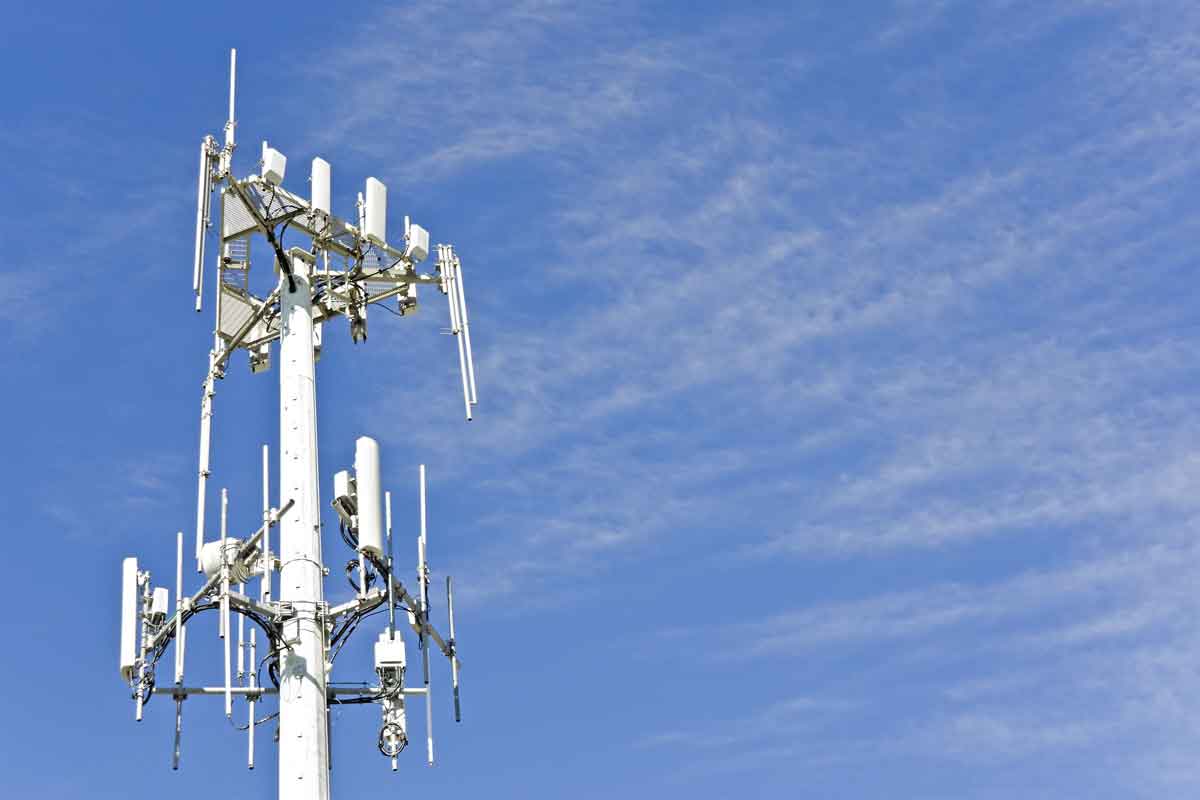Very best safest distance from the 5G cell Tower?

If you've ever wandered through a town you might have noticed tiny mini 5G cell towers on the poles of street lights. They look like small boxes however they're actually sending wireless signals from cell phone providers to your mobile.
what is a safe distance from a 5g cell tower are replacing larger built cell towers. While they're not as noticeable but they can still create issues for users.
It is the FCC's Radiation Exposure Thresholds
The FCC's Radiation Exposure Thresholds determine the safe limit at which a person can be exposed to electromagnetic radiation from wireless devices. The limits for exposure are based on research that show that RF energy could cause harm to health.

The absorption rate specific (SAR) is an indication of the amount of radiofrequency energy that is absorption by tissues. It is typically 1.6 milliwatts per kilogram averaged over one gram of tissue.
But, since 5g operates at higher frequencies and has the potential to increase the intensity of energy on the skin and other exposed body areas. what is safe distance from 5g tower could lead to many possible harms, such as an increase in the development of skin conditions like dermatitis, skin cancer and cataracts.
Due to the possible negative effects of 5G radiation, PSU has chosen to set a general localized maximum power density of four MW/cm2 measured across 1 centimeter, and not exceeding 30 minutes for all 5G services running at 3000 GHz. This localized limit is consistent with the maximum spatial-average SAR of 1.6 W/kg, averaged over one grams of tissues at six GHz.
The FCC's Maximum Exposure Thresholds for Maximum Exposure
In the event that you've used cell phone, you probably know that a safe location from the tower is at least 400 meters. This is because the power of transmission from a cell tower increases dramatically the further you are from it.
While this sounds like an ideal idea however, those living close to towers may actually be more susceptible to health issues. For example, a study from 2014 in India found that those who lived within 50m of cell towers experienced significantly more health complaints than those living further distance from them.
https://ctxt.io/2/AACQ3D_DEA showed that residents who moved to areas further away from the cell towers saw their symptoms improve within a couple of days. Other studies have revealed that exposure to high amounts of electromagnetic field radiofrequency (EMFs) can cause brain tumors, cancer and other health issues.
This is because RF radiation, which is used in wireless communication can be absorbed by the body's outer layer, the skin. This is important to understand because the skin serves as a barrier to protect against injury to the body, infection caused by pathogenic microorganisms and the entry of harmful substances. Additionally, it is the most important organ in the human body and is responsible for keeping the integrity of other organs.
The FCC's Minimum Exposure Thresholds for the Minimum Exposure
The FCC's Minimum Exposure Thresholds rely on various assumptions that aren't supported by scientific research. These include the erroneous belief that short-term exposures RF radiation is safe due to minimal penetration into the body (i.e. thermal heating of tissue).
The assumption also ignores the deeper penetration of the ELF parts of the modulated RF signal and the effect on the body of short bursts from pulsed RF waves. These assumptions do not correspond with the current understanding of biological consequences of RF radiation. As such they shouldn't be relied upon for health-protection exposure guidelines.
In addition to that, ICNIRP and FCC restrict its maximum levels of radiation exposure for local peak SARs that are based on the peak spatial specific absorption rate (psSAR) which is not a reliable dosimetric instrument to assess the amount of exposure to radiofrequency radiation. Particularly, psSAR is inaccurate when frequencies exceed 6 GHz. Additionally, psSAR hasn't been evaluated for RF radiation that is exposed to other environmental agents , such as sunlight. Interactions of RF radiations with different environmental agents may cause synergistic or antagonistic results. This could result in the risk of having adverse health effects. For example, co-exposure to RF radiation with sunlight may cause an increase in the incidence of skin cancer and exacerbate other skin diseases such as acne.
